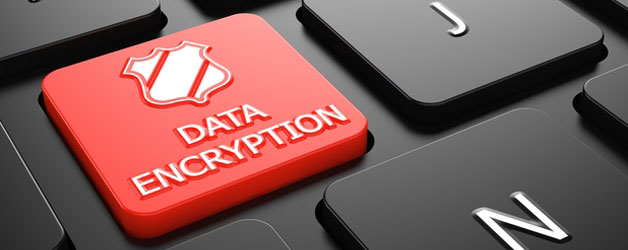
Remember the last time you flew to another city for business; hectic, right? You waited in line to go through security, and once you reached the scanning equipment, the emptying process began. All electronic equipment must be pulled out of your bag. Shoes off. Belt off. Remove all liquids. The process went on and on.
You walked through and if you were lucky, you weren’t pulled aside for a second check.
Then the repacking and redressing process began.
What if your laptop wasn’t on the other side? What would you do? What would you lose?
We never think much about security … until we need it. All of a sudden, it’s all you can think of.
What about the files sitting on your desktop that have sensitive data in them? What about your emails? Is your tax information easily found in your document file? What about the spreadsheet with passwords from every system you access?
Dread can quickly fill you with despair.
That’s where encryption comes into play, and why it’s an important aspect of any business security system. Encryption is simply the process of changing information and making it unreadable by anyone except those that possess the “key” to change it back to its original, readable format.
Not every file on your computer is candidate for encryption. There are two easy questions that can help you determine which files to encrypt:
If this file were in paper format, would I shred it before throwing it away?
If this information were leaked and posted online for the world to see, could there be serious consequences or could someone do something malicious with it?
Start with any kind of information that can uniquely be identified with you. Because thieves can quickly begin using personal information to steal your identity, anything that provides links to your personal data should be blocked:
- Full name, including maiden name, mother’s maiden name, alias, etc
- Social security number, passport number, driver’s license number, bank accounts, credit card numbers
- Address information
- Personal characteristics, including photographs, fingerprints, handwriting, voice signature
- Any other linking information, such as date of birth, place of birth, weight, activities, employment information, medical information, education information and financial information
Then extend it to all business data that is sensitive and confidential by nature:
- Any personal employee information, including employment records, reviews, etc
- Any data that identifies customer information, from names and addresses, to credit card information
- If you work in banking, finance, or health care, for instance, you’ll also be subjected to regulatory standards for protecting customer information
- Any trade secrets or intellectual property, such as research, product releases, patents, legal documents, financial reports, special projects, etc.
Luckily, there are many systems available to help you make the encryption process easy. Use your Disk Utility program on Mac, or choose an open source system like VeraCrypt, 7Zip, or GnuPG, all of which offer strong features for all systems. Make sure not only the files on your laptop are safe, but also anywhere else the file may be found, such as your backup files or the email you used to send the file to a teammate.


